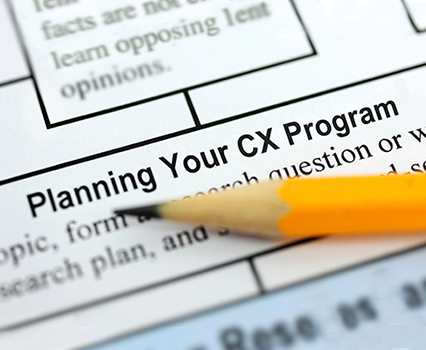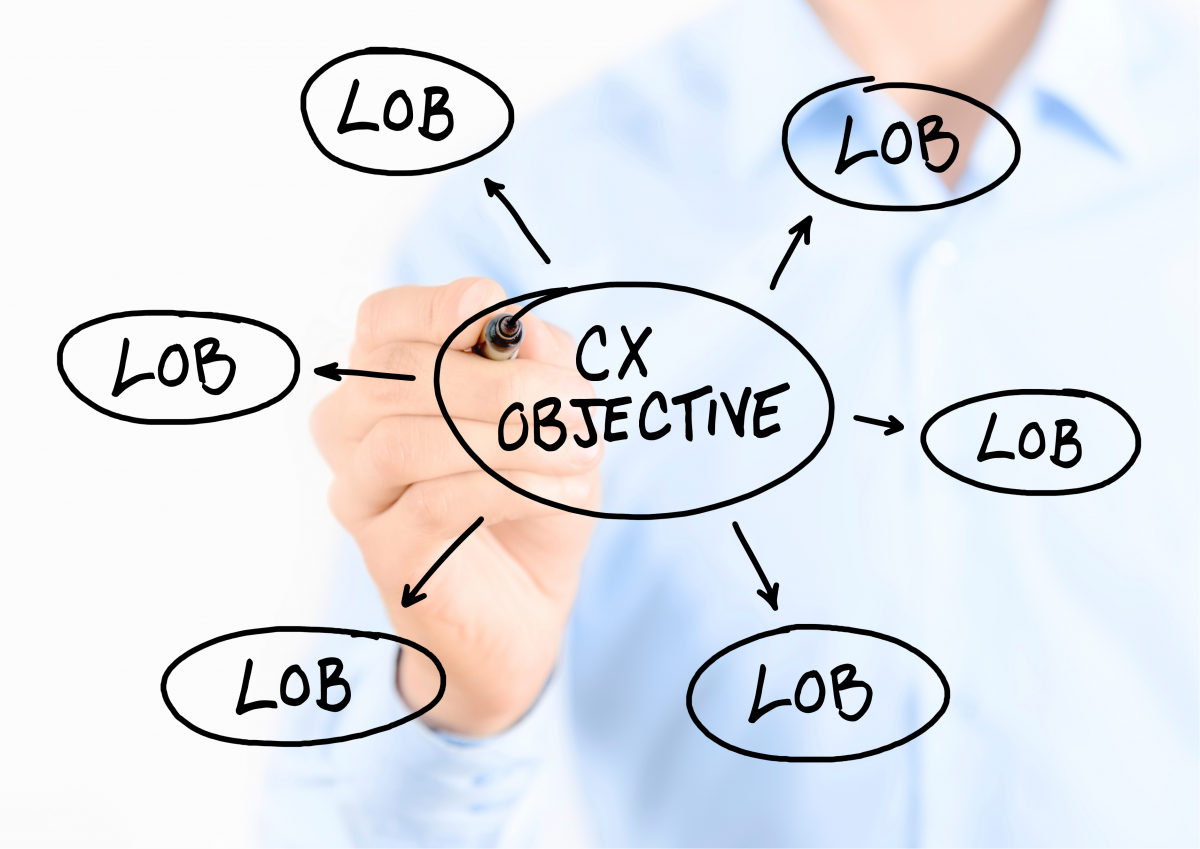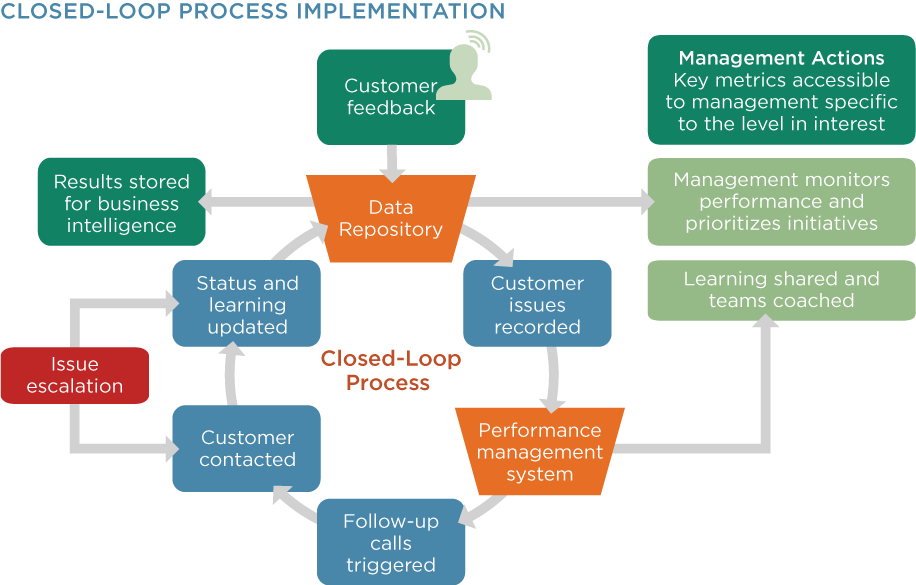
We’re already half way through Q3 of 2018, so if you haven’t started planning for next year, you need to start soon. Focus on these three best practices to revive your CX program:
1) Customer Experience is a Core Objective for Entire Firm
In all my years of helping clients improve customer satisfaction and loyalty, I have found that the most successful CX programs have some variation of “improve customer experience” as a core objective for the entire organization. These programs (or initiatives) are also treated like any other business line—with an annual strategic planning session, a mid-year checkup, succinct key performance metrics, and evident accountability with business partners throughout the organization.

Customer experience strategies should permeate every area of your business. I recommend having a CX objective for every line of business. That one common denominator will help align the business units and drive consistency throughout the organization. It will also empower the CX team to lead the firm on a clear and defined strategy. Without it, support will wane and other priorities will take over.
2) Customer Journey Mapping—Focus on Specific Touchpoint
Customer experience is not a one-time event. It’s a culmination of all experiences customers may have with your organization. To really understand the impact of each customer interaction, I recommend conducting at least three customer journey maps a year. Each journey map focuses on a specific pain point identified from customer feedback. Targeting specific issues will help you quickly define clear steps to positively affect change.

I also recommend splitting your tasks into short-term action items and long-term efforts, so executives see a meaningful return on investment and customers see the organization responding to their feedback.
Many clients attempt to map the entire customer journey from onboarding to exit. While there is value in understanding the full end-to-end journey, you will find greater value in focusing on customer touchpoints or specific interactions. Doing so will help you achieve quick wins and maintain momentum.
3) Closing the Loop on Customer Feedback
So now that you have asked customers for their feedback, what are you going to do about it? As CX leaders, we don’t directly manage the business functions or the employees, but we can be strong influencers of those that do. This is the most critical role CX leaders play—that voice of the customer who initiates action based on customer feedback.
We call this “closing the loop.” Whether than means contacting a customer to make them aware you heard their feedback and can solve their problem, or overhauling a major process in a project initiative, closing the loop is a critical key to a successful customer experience program. CX professionals are responsible for keeping the customer voice at the forefront of corporate initiatives and driving necessary action.
Here are two best practices for closing the loop:
- Immediate Action – When customers provide feedback and the organization can respond quickly, there is an increase in customer loyalty to that organization. It is important to provide your customer-facing employees with customer feedback as quickly as possible and empower them to follow up with the customer.
Not all follow-ups center on negative feedback. A follow-up could include a thank you note for taking time to complete the survey, or recognizing the positive feedback provided on an employee. - Action Planning – Many employees don’t have the tools to understand how to respond to customer feedback. CX leaders who offer action planning workshops help ensure employees and managers understand the mechanics of receiving customer feedback and the expectations of the organization to respond.
Good customer experience is easy to recognize, but it can be difficult to deliver. It’s the sum total of all customer interactions and, behind the scenes, the people, systems, technology, and processes that enable and power those experiences. Starting with a clear strategic plan that the organization can support is the first step to delivering a strong CX program.
Learn more about having a best-in-class program: Optimizing your CX Program


